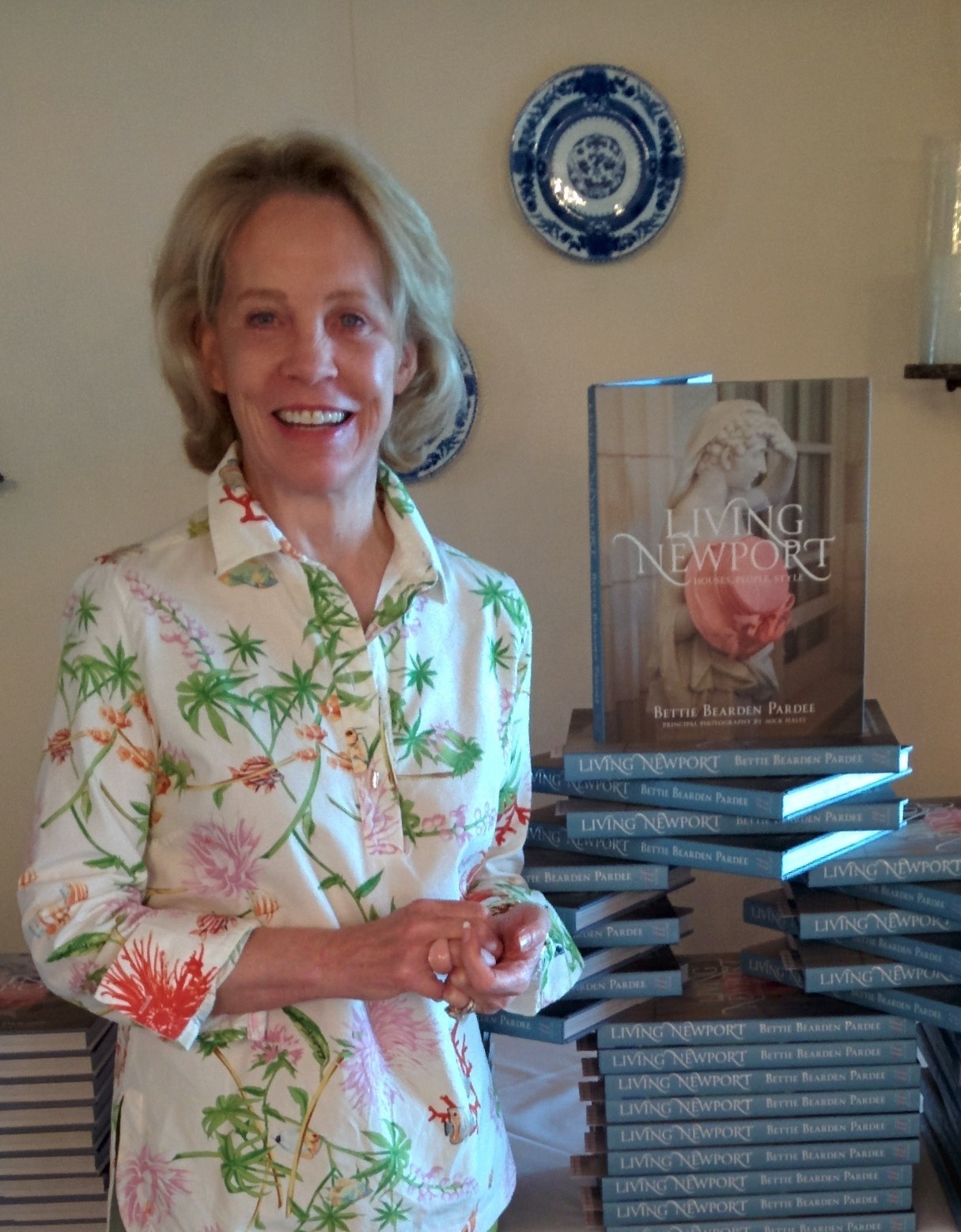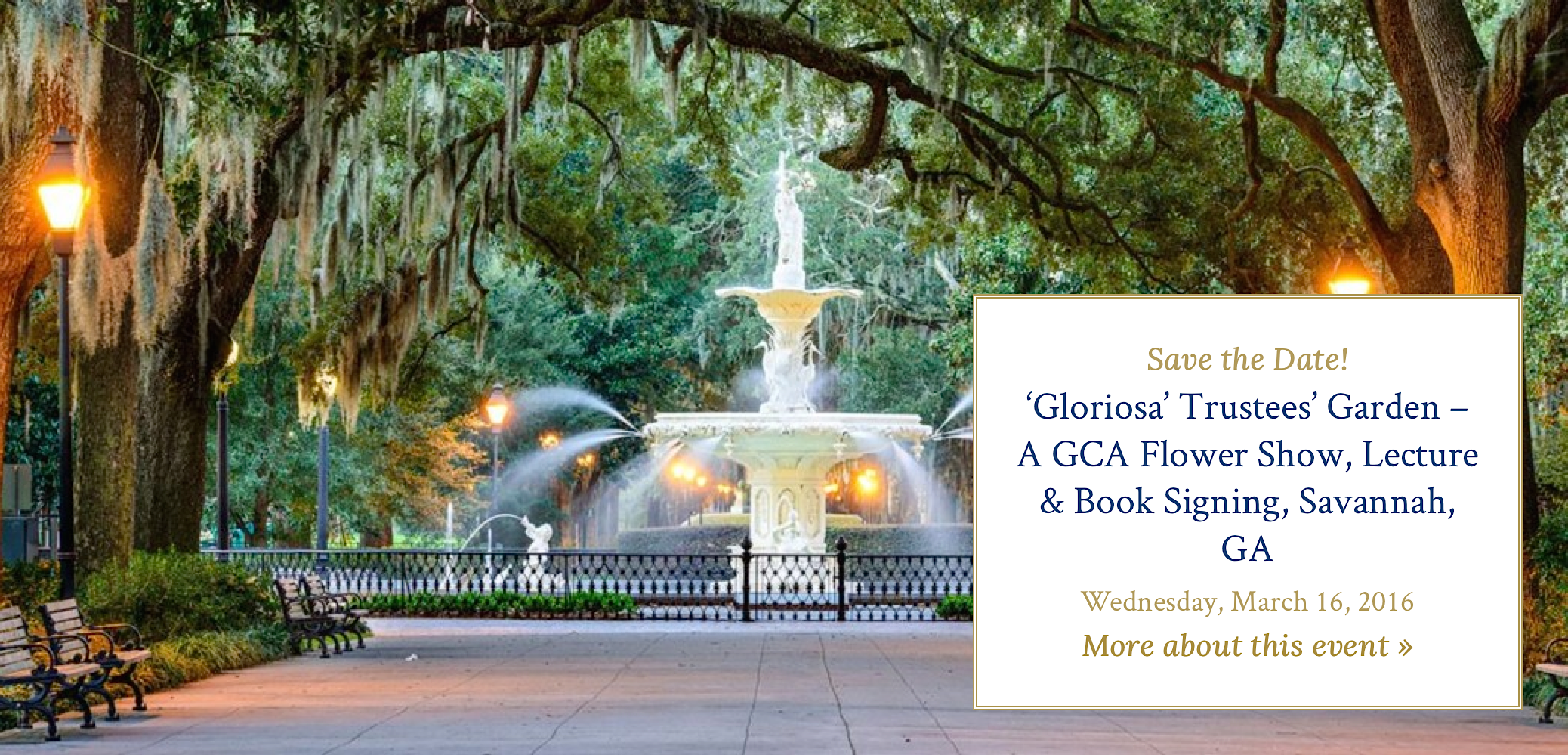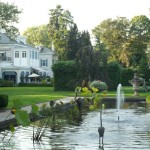Dear readers, yes, we are all bereft that our favorite Sunday night show is no longer there for the watching, but no need to go into a decline — Downton Abbey may have ended on our tellys, but you can still get a first hand taste of what made this masterpiece so compelling and memorable, and relive it, by simply visiting Newport (or attending one of my lectures).
Few fans of Downton Abbey appreciate that the inspiration for this masterful series was the American heiresses of the late 19th century, products of the new fortunes generated from railroad, shipping, steel and the accompanying banking empires. Newport and New York were at the nexus of this wealth.
In marriages of convenience just made for television, the British aristocracy were seeking American dollars to maintain their crumbling country piles and the newly wealthy in America were hungry for British titles for their daughters. Known as “Dollar Princesses,” (to include Jennie Jerome, who became Lady Randolph Churchill and mother to Winston) the most high-profile, storied example at the time was Consuelo Vanderbilt, daughter of William K. Vanderbilt.
Her mother Alva (ambitious, aggressive, and driven) having determined early on that her daughter would, indeed, marry a Duke (specifically!) was unremitting in the preparation, training, drilling, and dressing that ultimately produced a daughter with all the graces to attract an aristocrat and endow social status upon the family. This was strictly business!
As the master puppeteer, Alva luxuriated in the extravagant compliment that Charles Spencer-Churchill, the 9th Duke of Marlborough, considered Consuelo suitable to be his Duchess and most importantly, mistress of his beloved Bleinhem Palace.
And so, Consuelo exchanged Marble House on Newport’s Bellevue Avenue…
…for Bleinhem Palace in Oxfordshire, England, the only non-royal palace in Britain but also one that was in a sad state of disrepair, a common occurrence among the nobility who were “land rich and cash poor”; just consider the maintenance of 14 acres of roof!
Surely the sight of the beautifully maintained Marble House assured him that the dowry would be substantial (in today’s dollars it was a staggering sum, approaching $100 million dollars).
The title, Duchess of Marlborough — the highest ranking aristocratic title among all the “Dollar Princesses”– was deemed a fair payoff for wearing a coronet and ermine-trimmed velvet robe, and all it represented! (Note: Consuelo’s coronet was ordered of a specific size so as to fit within her diamond tiara.)
The marriage, not a happy one, took place in 1895; within ten years the couple were living apart and officially divorced in 1920. But Consuelo did honor her conjugal obligations and produced “an heir and a spare” (the family shown here in a John Singer Sargent portrait).
This tale of enterprising social ambition and Gilded Age glamour surely provided welcome material as Julian Fellowes penned Downton Abbey (I find the likeness between William K. Vanderbilt and Lord Grantham uncanny…but perhaps not coincidental).
And if you want something delicious to read, try To Marry an English Lord (it’s almost worth the time just for the sub-title… “Tales of Wealth and Marriage, Sex and Snobbery”).
All great inspiration for my illustrated lecture which recalls parallels with Downton Abbey, including chapters on “Coaching” (below, an English tradition introduced to Newport, and America, in the late 1890’s by Alfred Gwynne Vanderbilt) as well as the present day cousins to Princess Diana.

The talk captures the timeless Newport of today, its incomparable style, celebrated old-world homes and sophisticated residents. In settings worthy of Masterpiece Theater, lush images, coupled with amusing and lively personal tales, add the sizzle to the telling of this rarely-revealed lifestyle. Both Living Newport: Houses, People, Style and my lecture provide unprecedented access to the private Newport that has titillated the public since the Gilded Age.
I’ll be presenting my talk in Savannah next week, March 16th, at The Charles H. Morris Center and signing my coffee table book, Living Newport: Houses, People, Style.

Please join me!
Featured image of the Marble House ballroom; photo credit, Preservation Society of Newport County.










WOW….ONE OF YOUR BEST POSTS EVER, BETTIE!!! YES, I WAS ALMOST IN TEARS LAST SUNDAY AS THE STORY OF OUR DOWNTOWN ‘FRIENDS’ CAME TO A CLOSE…..
Thanks, to one who’s been with me from the beginning!!
But as I said in the post, no need to fret…just come to Newport for your Downton “fix.”
Loving Naples??xox
The Downton Abbey character of Cora was a compilation based in part on Highclere Castle’s , Almina, the 5th Countess of Carnarvon, who was my great grandmother’s cousin. Almina’s dowry from her illegitimate father, Alfred Rothschild, funded her husband’s expedition with Carter to Egypt, where they discovered the tomb of King Tut. Ellen Easton, Red Wagon Press
So interesting…you should build a book around this!!